
Giovanni de' Medici, the illegitimate son of Cosimo I. de' Medici
Created for Piero de' Medici in the 1450s, the studietto was a small, intimate room, intended for study and contemplation, but also for display. Here were kept the most precious objects in the Medici's collection: costly illuminated books, classical coins, cameos and vases, medieval ivories and goldsmiths' work, and a tiny painting by the great Netherlandish master Jan van Eyck .
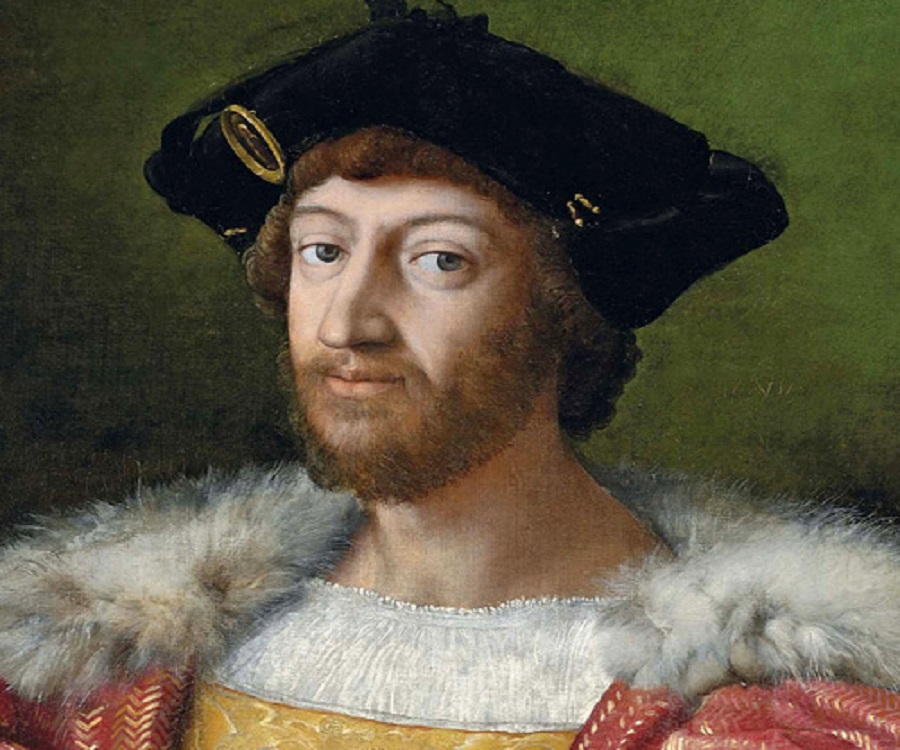
Lorenzo de' Medici Biography Facts, Childhood, Family Life
John Hooper in Rome. Thu 8 Jul 2004 07.25 EDT. A long-rumoured secret crypt of Italy's mighty Medici family was discovered by scientists yesterday after a hunt reminiscent of an Indiana Jones.
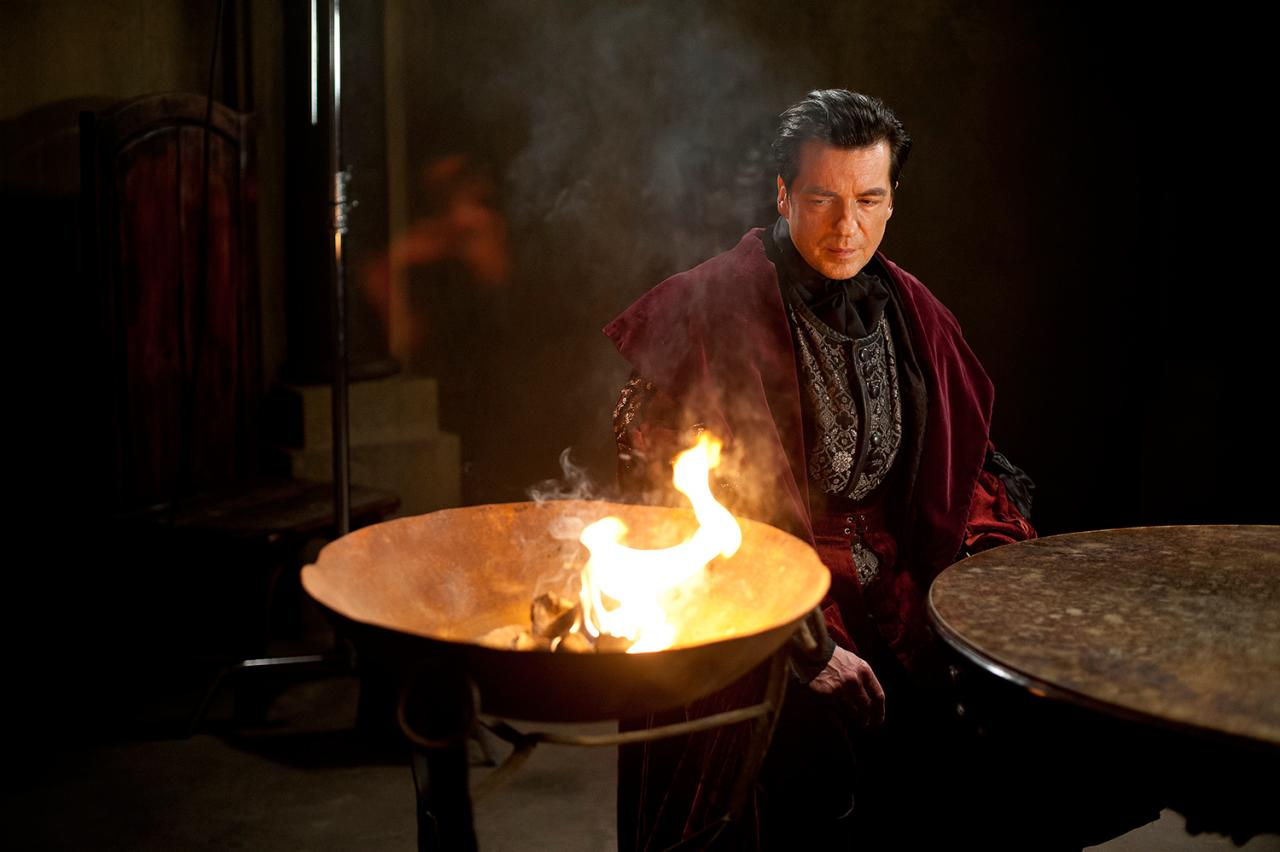
Piero de' Medici Leonardopedia Wiki FANDOM powered by Wikia
Piero de' Medici. November 5, 2021 Leave a comment. c. 1416 - December 2, 1469. Piero de' Medici was born around 1416 in Florence, Italy. The eldest son of Cosimo de' Medici, Piero was groomed from a young age to become a banker. Before his birth, Cosimo had worked with his father, Giovanni, to expand the Italian Medici bank into.
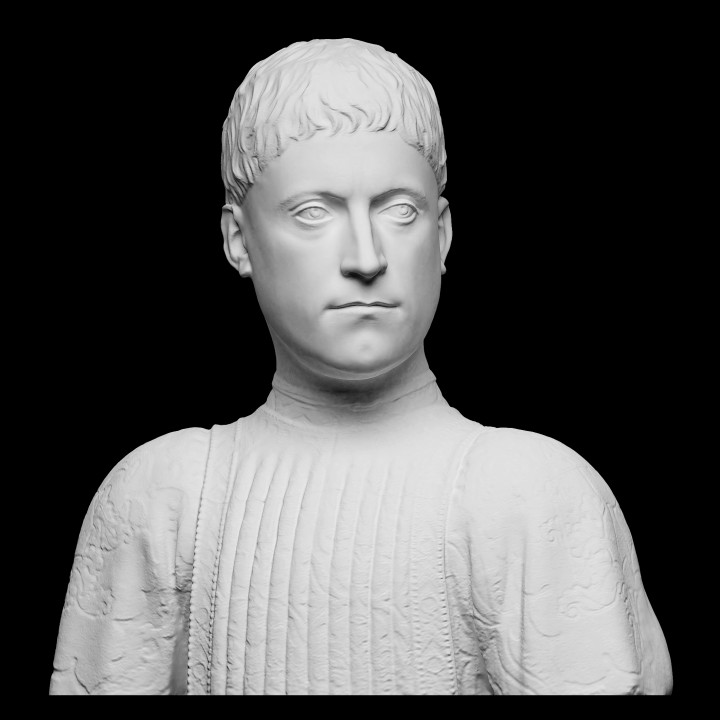
3D Printable Portrait of Piero (I) de' Medici by SMK Statens Museum
Lorenzo di Piero de' Medici (Italian: [loˈrɛntso de ˈmɛːditʃi]), known as Lorenzo the Magnificent (Italian: Lorenzo il Magnifico; 1 January 1449 - 8 April 1492), was an Italian statesman, banker, de facto ruler of the Florentine Republic, and the most powerful and enthusiastic patron of Renaissance culture in Italy. He was a magnate, diplomat, politician and patron of scholars, artists.
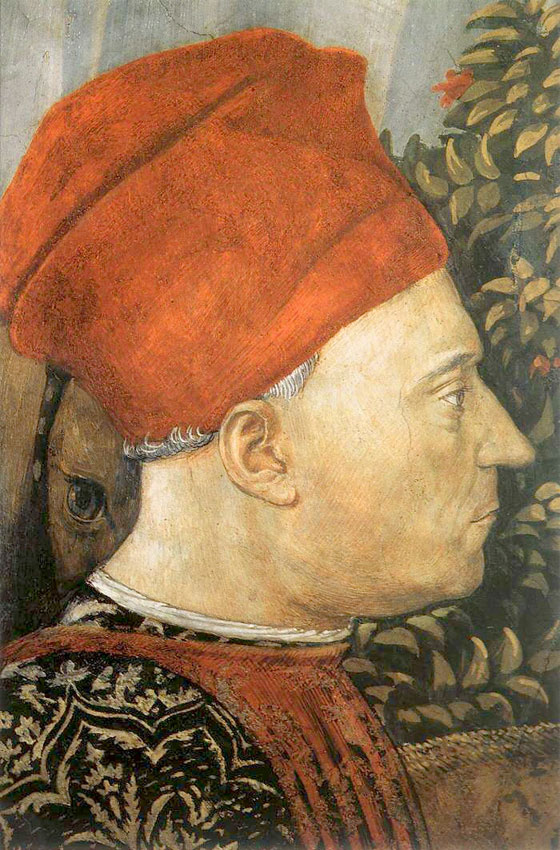
Chapel of the Magi Florence
Piero di Lorenzo de' Medici (born 1472—died December 28, 1503, Garigliano River, Italy) son of Lorenzo the Magnificent who ruled in Florence for only two years (1492-94) before being expelled. branches of the Medici family. Upon the death of his father, Piero came to power at age 21 without difficulty. He was endowed with beautiful.
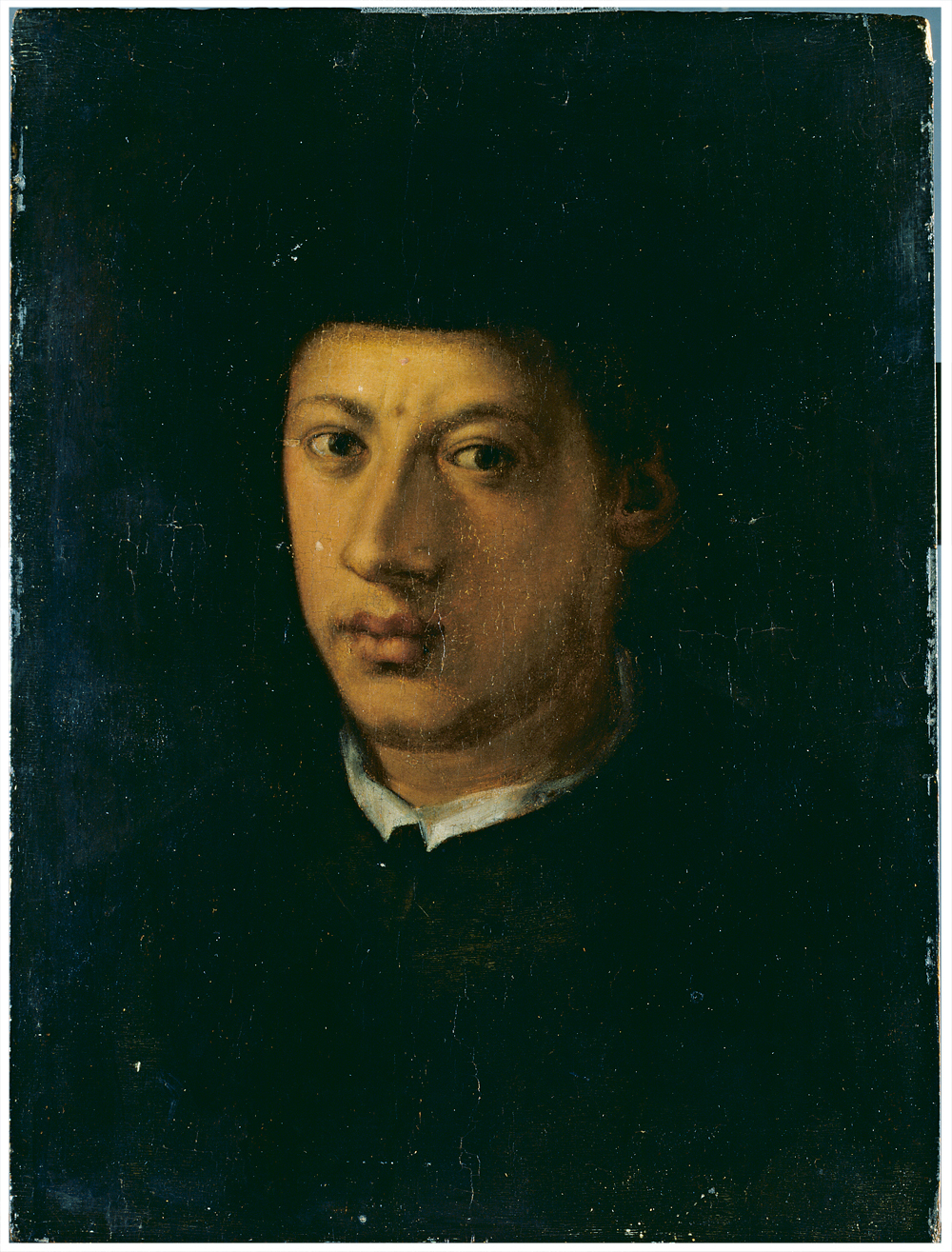
Africans in Medieval & Renaissance Art Duke Alessandro de' Medici
Piero and Giovanni de Medici was a ruler in Florence, Italy during the Italian Renaissance. His achievements and victory during the war had his benefit from his father's Medici bank. His father, Cosimo de' Medici was a wealthy ruler, who left all the financial assets he had to Andrea del Verrocchio, as his elder brother Giovanni died before named the Cosimo's executor.
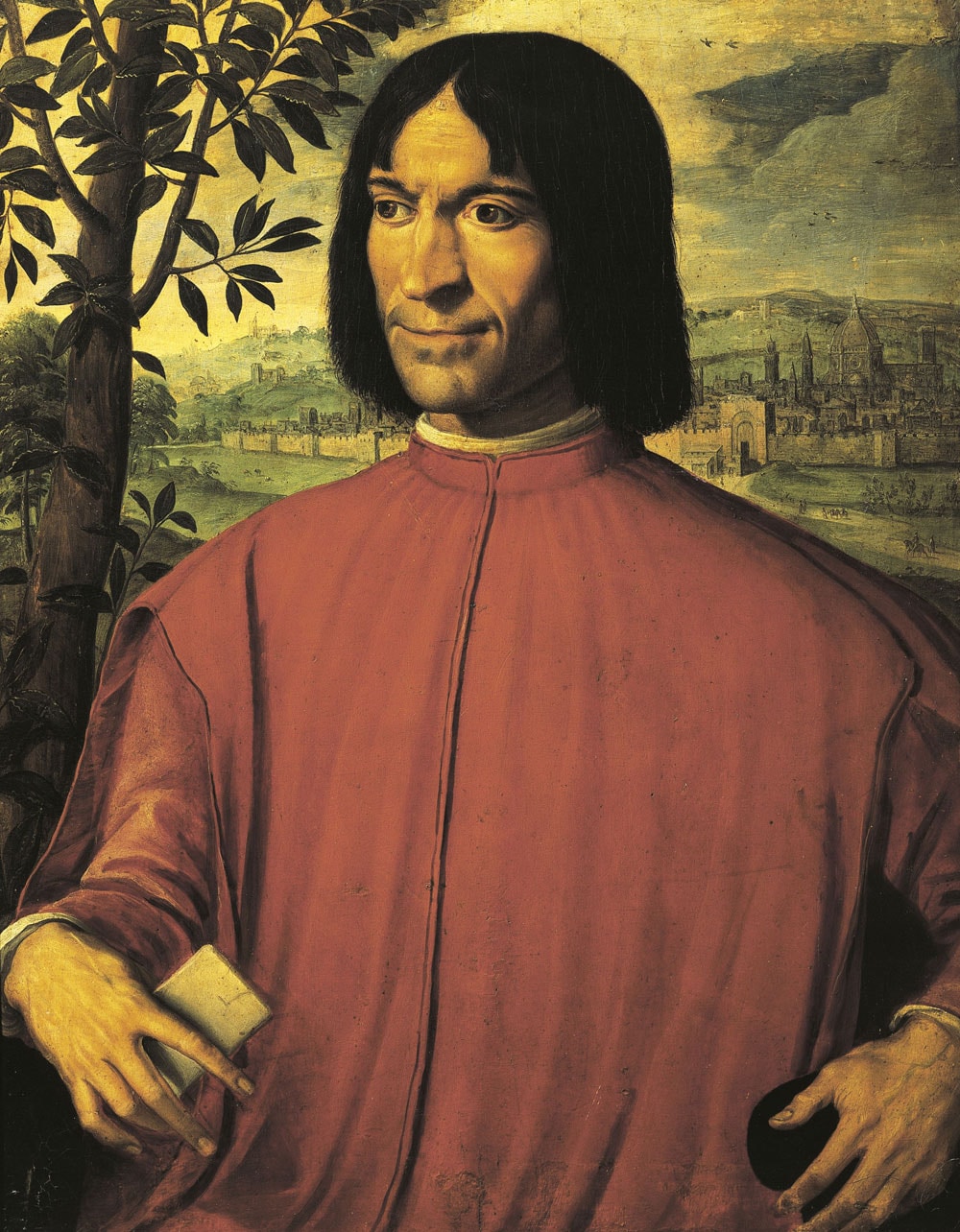
Lorenzo de Medici detto il Magnifico biografia, opere e poesie
Paoletti, John T. " '… ha fatto Piero con voluntà del padre': Piero de' Medici and Corporate Commissions of Art." In Piero dei Medici "il Gottoso" 1416-1469: Kunst im Dienste der Mediceer — Art in the Service of the Medici, ed. Andreas, Beyer and Bruce, Boucher, 221 -50. Berlin, 1993.Google Scholar

Lorenzo il Magnifico, un principe senza corona
Medici women nonetheless contributed to the success of the family. The two women at the extremes of the lineage are particularly remarkable: at the start is Contessina de Bardi dei Conti di Vieri, in her role as a pillar of support for her husband Cosimo il Vecchio pater patria , the head of the family who first established its political significance.
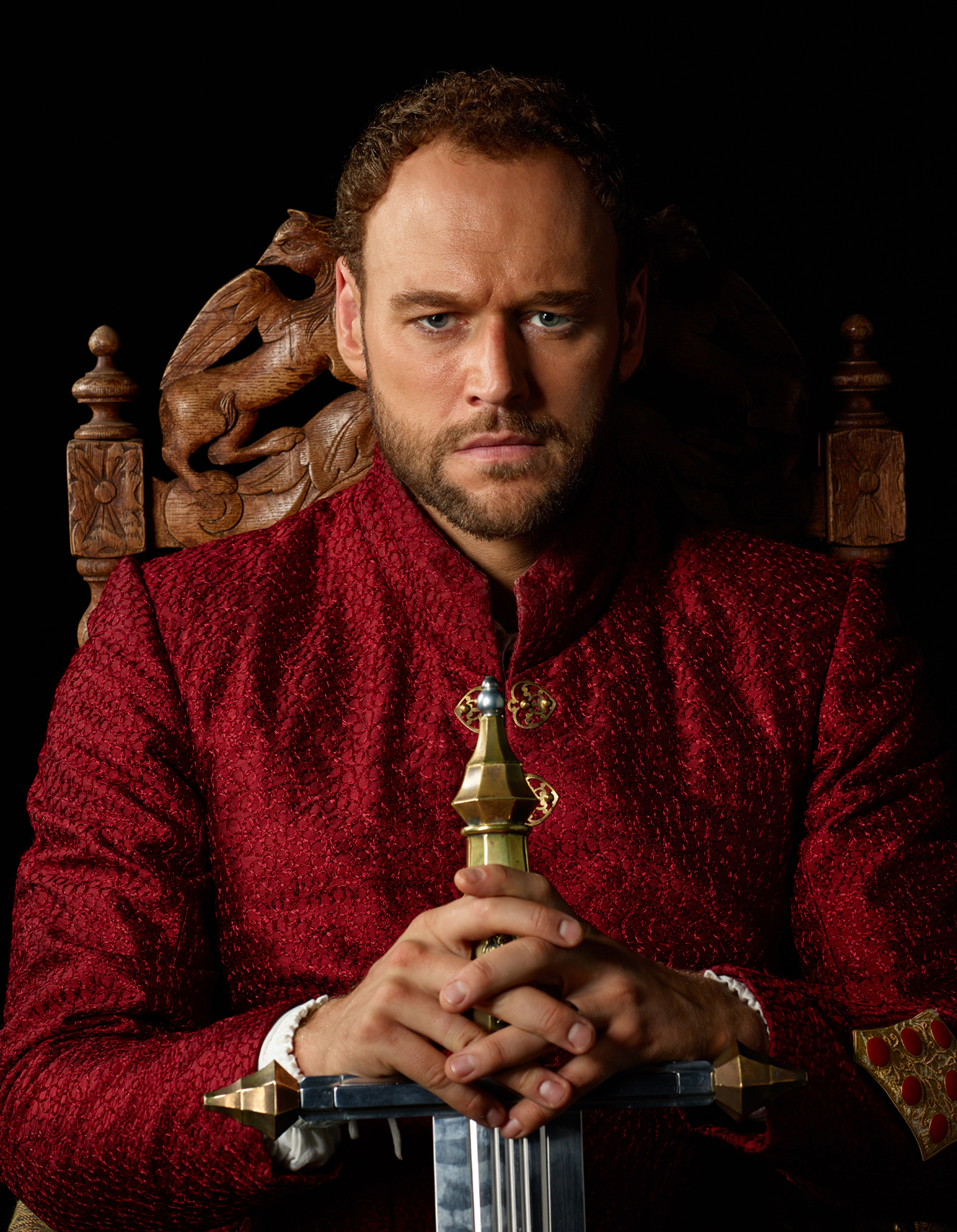
Lorenzo de' Medici Da Vinci's Demons Wiki
The Medici family was a powerful dynasty that ruled Florence, Italy, and soon spread their artistic and economic influence throughout Renaissance Europe.. Catherine de Medici. Piero's son.
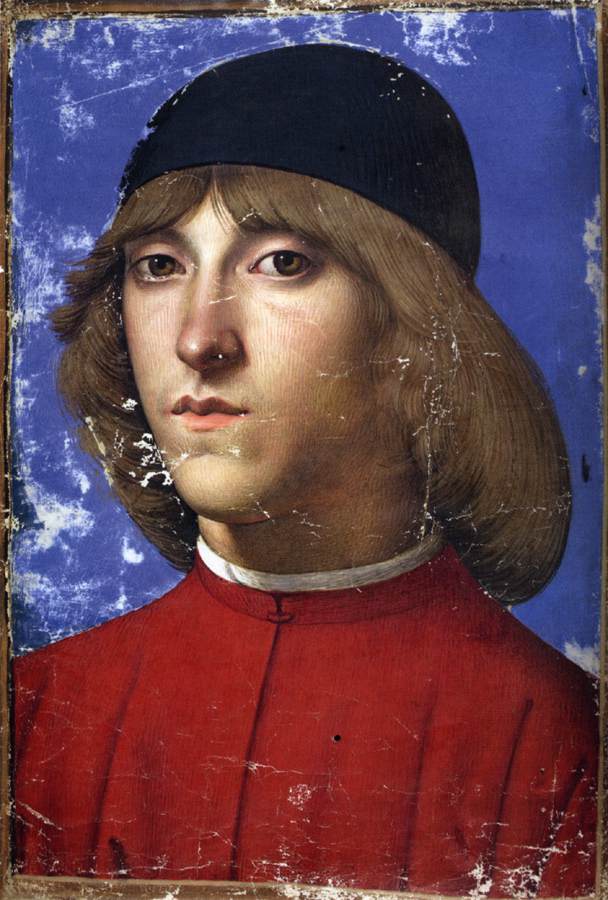
Gherardo di Giovanni del Fora Italian painter Piero de Medici 1488
Don Pietro de' Medici (3 June 1554 - 25 April 1604) was the youngest son of Cosimo I de' Medici, Grand Duke of Tuscany and Eleonora di Toledo . Early in 1571 he went to Rome and in the spring of 1575 he went to Venice. In 1571 he married his first cousin Eleonora di Garzia di Toledo, whom he accused of adultery and strangled with a dog leash.

R&Dblog di Rosario DATI L'Inferno di Machiavelli
Esistono diversi signori di Firenze, della famiglia dei Medici, di nome Piero: . Piero il Gottoso (Piero di Cosimo de' Medici, 1416-1469) - figlio di Cosimo il Vecchio e padre di Lorenzo il Magnifico.; Piero il Fatuo (Piero di Lorenzo de' Medici, 1472-1503) - figlio di Lorenzo il Magnifico e padre di Lorenzo Duca di Urbino.; Piero de' Medici (o anche Pietro; Principe di Toscana, 1554-1604.
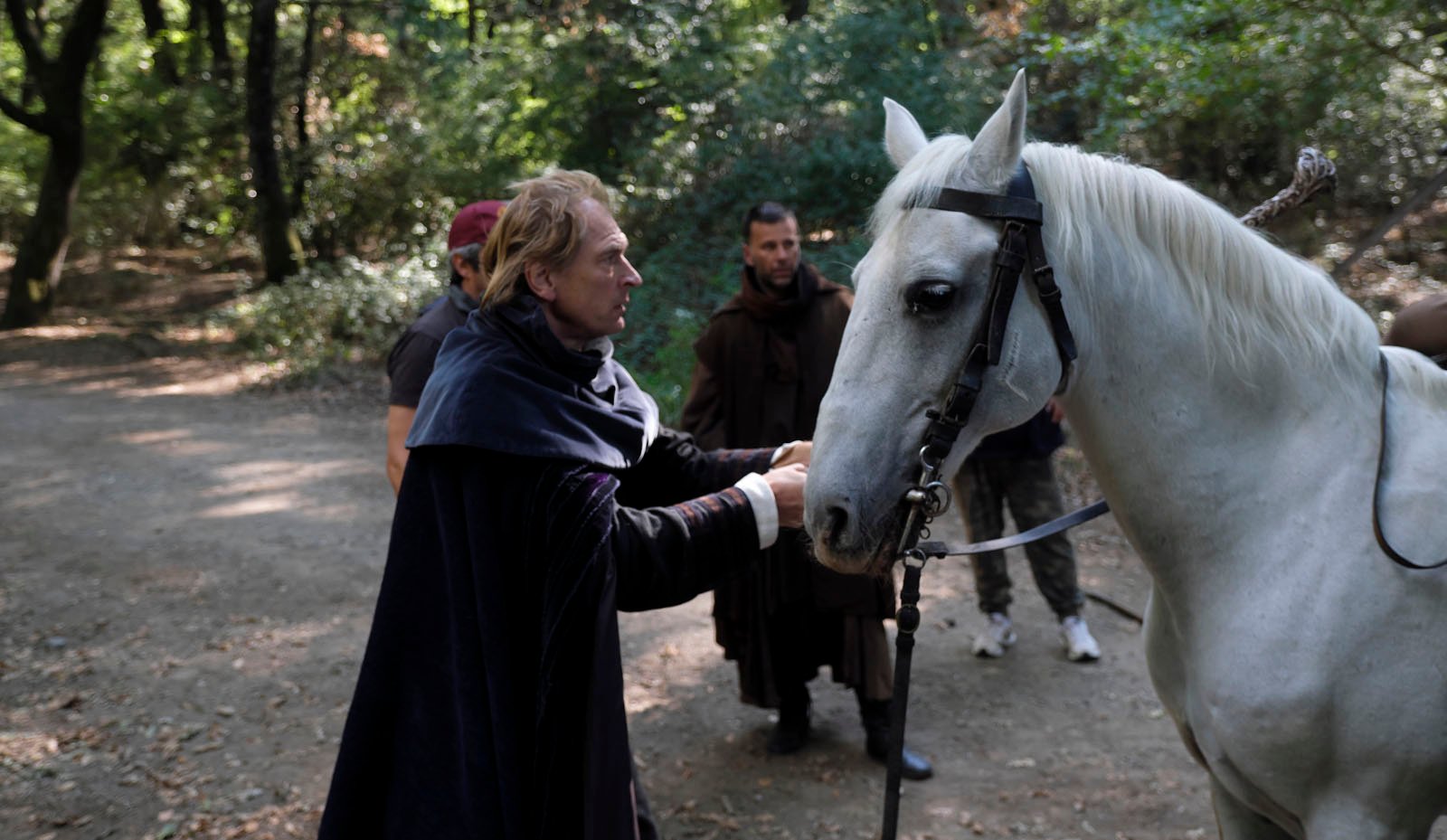
Los Medici Señores de Florencia Foto Julian Sands 26 sobre un total
The augmented coat of arms granted to Piero by Louis XI in 1465, replacing one of the seven "balls" or palle of the family arms by a somewhat larger ball showing the arms of France. Piero di Cosimo de' Medici, known as Piero the Gouty ( Italian: Piero "il Gottoso" ), (1416 - 2 December 1469) [1] was the de facto ruler of Florence from 1464 to.

Giuliano de' Medici nell'arte Falsariga
Piero di Lorenzo de' Medici, detto il Fatuo o lo Sfortunato ( Firenze, 15 febbraio 1472 - Castelforte, 28 dicembre 1503 ), è stato un politico e militare italiano, figlio maschio primogenito di Lorenzo de' Medici e Clarice Orsini e fratello di Giovanni de' Medici, il futuro papa Leone X .

Piero de Medici il Gottoso
MEDICI, Piero de' (Piero il Gottoso) Ingeborg Walter Figlio primogenito di Cosimo (il Vecchio) e di Contessina de' Bardi, nacque il 14 giugno 1416 a Firenze, nella casa vecchia dei Medici in via Larga. Il M. passò l'infanzia, la giovinezza e buona parte dell'età adulta in questa casa, dove abitavano, oltre ai genitori e al fratello Giovanni, nato nel 1421, anche i nonni, Giovanni di.

Piero di Cosimo de'Medici Oronzio Lelli da Fiesole, Mino V&A
Piero di Cosimo de' Medici (born 1416—died Dec. 2, 1469) ruler of Florence for five years (1464-69), whose successes in war helped preserve the enormous prestige bequeathed by his father, Cosimo the Elder. Afflicted by gout (a hereditary ailment of the Medici), Piero was so badly crippled that he was often able to use only his tongue.

FileSandro Botticelli Portrait of Giuliano de' Medici WGA02794.jpg
Lorenzo de' Medici, Florentine statesman and patron of arts and letters. The grandson of Cosimo de' Medici, he was the most brilliant of the Medici family. He ruled Florence with his younger brother, Giuliano (1453-78), from 1469 to 1478 and, after the latter's assassination, was sole ruler from 1478 to 1492.